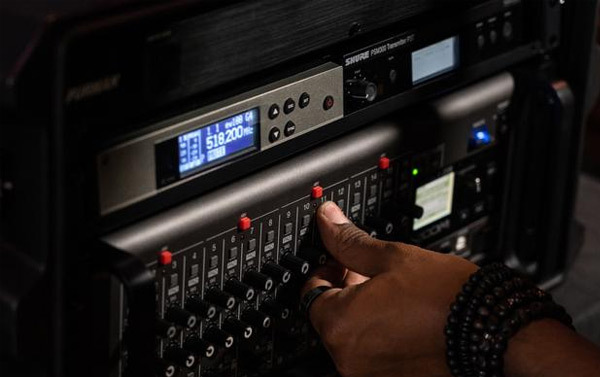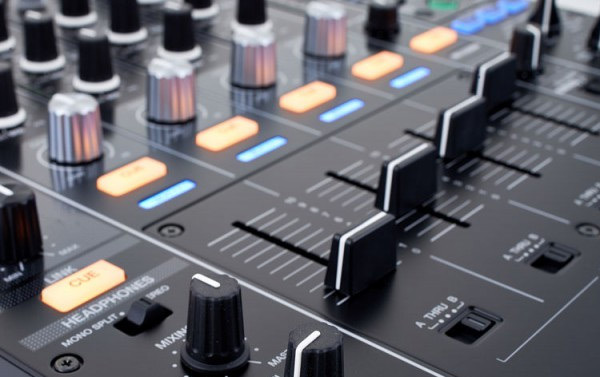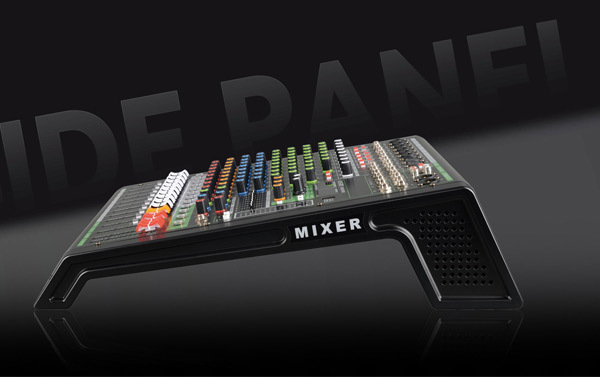Professional Audio Engineering Equipment Debugging Method
2024-06-15
The commissioning method of professional sound engineering equipment is a meticulous and technical process, which aims to ensure that the sound system can provide the best sound effect in various situations.
Here are some key debugging steps and methods:
1. Check the equipment connection
Ensure that all connections are correct: Check whether the audio cables and signal input and output ports are firmly connected to avoid noise and disconnection of signals.
Check the power cord: Make sure the power cable is connected and the device is properly grounded to reduce electromagnetic interference.
2. Volume control
Initial setting: Turn the main volume of the audio equipment to the minimum, and set the volume control of the speaker to the lowest position.
Gradual increase: Gradually adjust the volume controller to the appropriate position to avoid damage caused by sharp or excessive volume when turning on the device.
3. Silence Test
No signal test: before the formal commissioning, a silent test. Turn on all audio equipment, turn off the input signal, and observe whether there is noise, buzzing or other abnormal conditions.
Troubleshooting: If there is any abnormal situation, check whether the equipment connection, ground wire and power supply are normal.
4. Frequency response balance
Use tools: use spectrum analyzer and equalizer and other equipment for frequency response balance debugging.
Adjust parameters: Play signal sources with different frequencies, observe the display of the spectrum analyzer, and adjust the frequency, gain and Q value of the equalizer to balance and equalize the frequency response.
5. Phase correction
Solve the phase difference: The phase correction is to solve the problem of the speaker's sound field phase difference to achieve better sound positioning and clarity.
Use equipment: Use equipment such as phase meters and delays to correct phase differences by adjusting the position and delay of the speakers.
6. Sound field optimization
Position adjustment: Through the angle and position adjustment of the speaker, the sound field coverage is optimized to ensure that the sound can be evenly spread to the audience area.
Avoid interference: Avoid placing speakers in corners or too close to walls to reduce sound reflection and resonance problems.
7. Feedback inhibition
Eliminate feedback: Use dividers and feedback suppressors to suppress feedback from the sound system.
Adjust parameters: adjust the parameters of the frequency divider, cut off the feedback loop in the frequency range, and use the feedback suppressor to eliminate the feedback problem of the frequency.
8. Audio effect debugging
Adjust according to demand: according to the needs of the scene and sound design requirements, use digital signal processor, mixer and effector and other equipment to debug the audio effect.
Adjust parameters: such as the size and time of the reverb, the parameters of the equalizer, the threshold of the compressor, etc., to achieve the desired sound effect.
9. Field Testing
Play audio: After debugging is complete, conduct field tests to verify the debugging results. Play all kinds of music and voice signals, and check whether the sound quality and volume meet the requirements.
Troubleshooting: Check whether there are noise, distortion and other problems, and make necessary adjustments.
10. File Backup and Marking
Save settings: After debugging, backup and mark the parameters of various devices, including device connection, equalizer and effector parameters.
Easy to reuse: This helps to quickly restore settings in subsequent use and improve work efficiency.
Precautions
Familiar with the equipment: understand the characteristics and functions of the audio equipment used in order to better debug.
Pay attention to safety: pay attention to electrical safety during operation to avoid dangerous situations such as electric shock.
Patience and experience: Debugging may require a certain amount of time and experience, which requires patience and continuous learning.
Reference standards: You can refer to relevant audio debugging standards and guidelines to ensure the accuracy and reliability of the debugging results.
Through the above steps and methods, professional sound engineering equipment can be effectively debugged to ensure that it can provide high-quality sound effects in various occasions.
Next page:
RELATED INFORMATION









